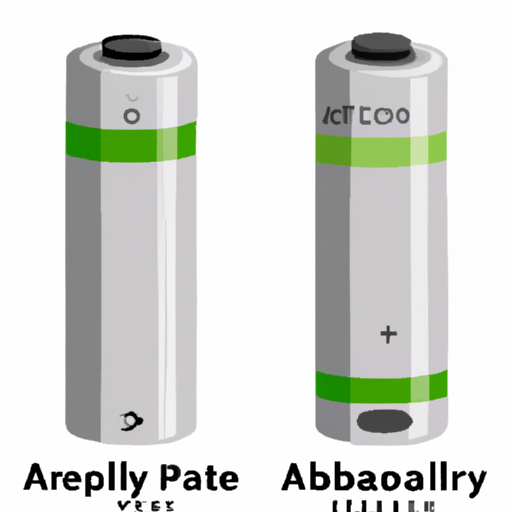APP-001 Batteries Rechargeable (Secondary)
Rechargeable batteries, or secondary batteries, are essential in powering a wide array of modern technologies, from consumer electronics to electric vehicles (EVs) and renewable energy systems. This document highlights core functional technologies, effective application development cases, and relevant articles that showcase the effectiveness of rechargeable batteries.
Core Functional Technologies
| 1. Lithium-Ion (Li-ion) Batteries | |
| 2. Nickel-Metal Hydride (NiMH) Batteries | |
| 3. Lead-Acid Batteries | |
| 4. Solid-State Batteries | |
| 5. Flow Batteries | |
| 1. Electric Vehicles (EVs) | |
| 2. Renewable Energy Storage | |
| 3. Consumer Electronics | |
| 4. Grid Stabilization | |
| 5. Medical Devices | |
Effective Application Development Cases
Conclusion

Rechargeable batteries are pivotal in driving technological innovation, with ongoing research focused on enhancing their efficiency, safety, and sustainability. The shift towards renewable energy and the increasing adoption of electric vehicles are propelling advancements in battery technology, making them more effective and integral to contemporary life. As the demand for energy storage solutions continues to rise, the development of new battery technologies and applications will be crucial in shaping the future of energy consumption and storage.
Further Reading and Articles
- "The Future of Lithium-Ion Batteries: Trends and Innovations" - A comprehensive overview of advancements in Li-ion technology.
- "Solid-State Batteries: The Next Frontier in Energy Storage" - An exploration of the potential of solid-state batteries.
- "The Role of Batteries in Renewable Energy Systems" - An analysis of how batteries facilitate the integration of renewable energy sources into the grid.
- "Advancements in Battery Management Systems for Consumer Electronics" - A look at how battery management systems enhance the performance and safety of consumer devices.
These resources provide deeper insights into the ongoing developments and future potential of rechargeable batteries in various applications.
APP-001 Batteries Rechargeable (Secondary)
Rechargeable batteries, or secondary batteries, are essential in powering a wide array of modern technologies, from consumer electronics to electric vehicles (EVs) and renewable energy systems. This document highlights core functional technologies, effective application development cases, and relevant articles that showcase the effectiveness of rechargeable batteries.
Core Functional Technologies
| 1. Lithium-Ion (Li-ion) Batteries | |
| 2. Nickel-Metal Hydride (NiMH) Batteries | |
| 3. Lead-Acid Batteries | |
| 4. Solid-State Batteries | |
| 5. Flow Batteries | |
| 1. Electric Vehicles (EVs) | |
| 2. Renewable Energy Storage | |
| 3. Consumer Electronics | |
| 4. Grid Stabilization | |
| 5. Medical Devices | |
Effective Application Development Cases
Conclusion

Rechargeable batteries are pivotal in driving technological innovation, with ongoing research focused on enhancing their efficiency, safety, and sustainability. The shift towards renewable energy and the increasing adoption of electric vehicles are propelling advancements in battery technology, making them more effective and integral to contemporary life. As the demand for energy storage solutions continues to rise, the development of new battery technologies and applications will be crucial in shaping the future of energy consumption and storage.
Further Reading and Articles
- "The Future of Lithium-Ion Batteries: Trends and Innovations" - A comprehensive overview of advancements in Li-ion technology.
- "Solid-State Batteries: The Next Frontier in Energy Storage" - An exploration of the potential of solid-state batteries.
- "The Role of Batteries in Renewable Energy Systems" - An analysis of how batteries facilitate the integration of renewable energy sources into the grid.
- "Advancements in Battery Management Systems for Consumer Electronics" - A look at how battery management systems enhance the performance and safety of consumer devices.
These resources provide deeper insights into the ongoing developments and future potential of rechargeable batteries in various applications.













